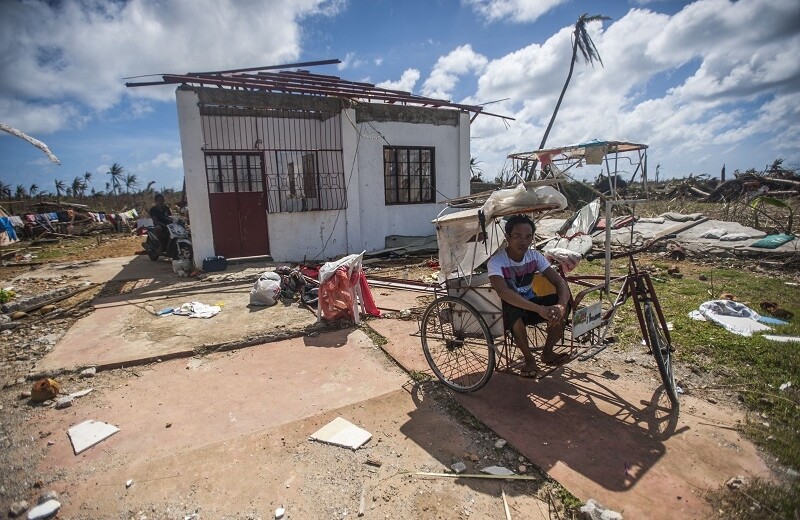This excerpt is from an article first posted in The Diplomat on November 18, 2018, and is reposted here with permission. The author wrote this piece as a result of being a Carnegie Council Pacific Delegate on a Carnegie Council Asia Dialogues delegation to the Philippines in October 2018.
The Philippines is one of the most climate change prone countries, facing 20 cyclones every year with five having the potential to turn into megastorms such as Haiyan. During these times television, radio, and newspapers serve as the primary means to pass critical information. As storms become more powerful with each successive year traditional modes of communication have began to falter and the best way to likely reach affected Filipinos will be through phones.
When I recently traveled to the Philippines to study technology use in disaster response I found that existing emergency phone protocols lacked relevance and timeliness which artificial intelligence algorithms could be best suited for. One expert in disaster response I spoke to mentioned that survivors of storms in the recent past had received as many as 300 messages from the beginning of the storm through recovery efforts, rendering the communication means ineffective.
From the moment a disaster is declared, the disaster response authorities pass critical messages via telecom carriers to keep Filipinos informed. The primitive messaging system relays basic information such as rainfall levels and misses out on providing more nuanced insights. After speaking to several government and nonprofit leaders, shelter, disease prevention, safety, weather, navigation, and food and water are universal needs among the affected populace. Let's take shelter to illustrate how machine-learning (ML) can prepare people to stay in their homes. Many Filipinos choose to stay even in precarious situations as squatters may usurp their land if they leave.
Based on the location of the phone, a machine can put together a mosaic of data including the types of houses common to the area, timing and ferocity of storm surges, and proven adaptation measures in the area to recommend unique mitigation measures specific to the area. If the machine expects a high likelihood of a total home loss situation, the system can notify people and recommend immediate evacuation. Disease prevention can be handled in the same manner. Using various data attributes, a deep learning model could study several complex factors such as the rate of infection and spread, water sanitation in the area, the community’s current health preparedness, medical attention availability, and education levels to determine how communities can arrest the spread of disease.




